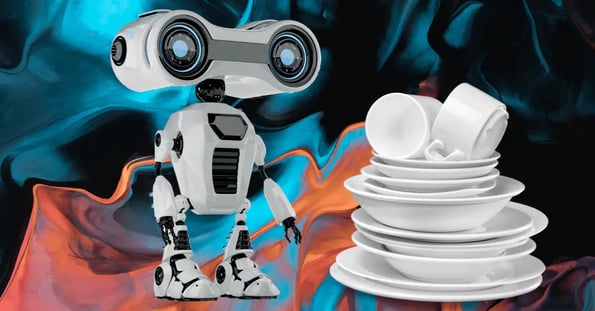If you’ve ever looked at a pile of dishes in your sink and wished you could snap your fingers and make it disappear — we have good news.

Toyota is developing robots to help with housework at its Cambridge research lab, per Wired.
The robots use a machine-learning system similar to those of AI image generators, called diffusion policy, to handle less structured tasks, like sweeping a home.
Rather than being programmed to repeat the same action, as we’ve seen in factories, Toyota’s goal is for these robots to eventually learn by watching videos, allowing them to make real-time decisions and adjustments in your home.
This could be helpful…
… for more than just a lazy Sunday. Toyota’s goal is to use these robots to help people age safely in their homes.
In addition to cleaning, Toyota’s robots are learning to:
- Peel vegetables
- Use hand mixers
- Prepare snacks
- Flip pancakes
If successful, these bots could help support America’s 65+ population, which is projected to reach 82m people by 2050.
And we’re already seeing other robots pull their weight in eldercare, like the ElliQ robot companion to combat loneliness and nursing home robot assistants.
Smart home
Whether for keeping us company or cleaning our floors, robots in the home will likely become more common as other major companies work on their own solutions.
Samsung’s Ballie, first debuted in 2020, is a voice-controlled companion robot that can project videos onto walls and patrol your home.
Plus, this year’s Consumer Electronics Show was packed to the brim with bots:
- Yarbo handles hassles outside the home, like shoveling snow or blowing leaves.
- LG’s AI agent follows you around, helping with chores by connecting to smart home appliances.
And, most importantly, ORo’s robotic dog assistant that keeps your pup entertained.
bc75.jpg)